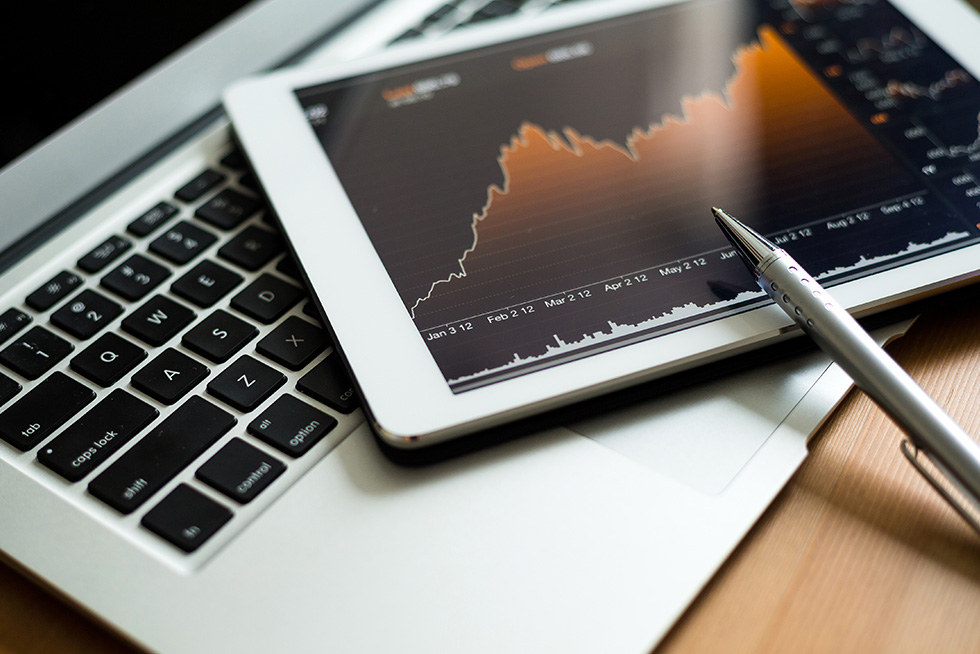Last week, we discussed the floored-pedal pace of digital transformation in today’s economy. Organizations are creating smart products and revamping relationships with both constituents and stakeholders. Yet the need for transformation has too often outstripped its pace.
This week I’ll address the second theme that dominated Gartner’s 2018 Symposium: digital twins. Let’s take this intriguing concept in three stages: definition(s), applications, and implications.
1. Definition
Some commentators think that the concept of a digital twin started with the United States space program. Unable to access the extreme conditions of outer space, NASA engineers instead prepared for missions by feeding data into large-scale simulations. Designers built such simulations to exactly represent the technologies and physical states involved. Early digital twins guided the Apollo program to the moon. The corporate world took notice.
Definitions of digital twins revolve around a basic theme: they link “physical systems” with “virtual equivalents.” A digital twin is “a real mapping of all components in the product life cycle using physical data, virtual data and interaction data between them.”
Deloitte likewise defines a digital twin as “near real-time digital image of a physical object, or process that helps optimize business performance.”
But what does this concept mean for today’s organizations?

2. Application
Organizations can create digital twins on multiple scales: single devices, company networks, factory floors, and even entire organizations. A digital twin enables executives to understand, dissect, and refine the performance of anything that generates data.
Several sectors provide obvious applications for digital twins. In particular, organizations in the manufacturing, industrial, and engineering sectors stand to gain from NASA-style modeling.
Yet some of digital twins’ most beneficial applications too often escape notice. Notably, digital twins offer comparable, though different, advantages to nonprofit and professional services organizations alike.
In professional services organizations, digital twins can enable the following: data-centric insights, faster time to market, optimization of customer journeys, increased customer and stakeholder trust, simpler compliance assessment, and improved competitive advantage due to situational awareness.
In nonprofit organizations, digital twins can enable the following: improved donor personas, optimization of donor journeys, increased volunteer engagement, decreased working capital, process standardization, and smarter, data-centric decision-making.
Digital twinning has become ever more affordable. Although few work with the same life-and-death stakes as those building the Apollo program, time and technological advancement have brought the benefits of digital twinning ever closer to ever smaller organizations.

3. Implications
Yet digital twins can still daunt decision-makers. The larger and more complex the organization, the more disparate objects and processes digital twins will need to account for.
Organizations that succeed do so in a familiar manner: they start in one area, deliver value there, and then expand.

Here’s how it works. First, organizations innovate. They incorporate sensor-based and IoT devices, generating new data streams. Next, they use these data streams to model process or device states in real time. This in turn yields a basis for quality decision-making. As shrewder actions generate unique value, the perceived value of digital twinning rises, and organizations invest accordingly. The cycle repeats.
Recently, digital twins have begun dovetailing with artificial intelligence. An AI-enabled digital twin can intervene on its own to improve broken or inefficient processes. Of course, the benefits of such a combination hardly need stating: once-unthinkable levels of safety, reliability, and efficiency.
But the synthesis does raise concerns. The ethical challenges surrounding AI have only intensified in the age of opaque algorithms and autonomous vehicles. By facilitating ever greater independence, digital twins could bring the ethical thought experiments of both AI advocates and detractors ever closer to reality.
Thus, decision-makers should exercise caution when connecting digital twins with self-iterating programs. Yet this should not mean rejecting digital twins. A digital twin grants benefits with or without AI. Organizations of every size and industry can pinpoint the precise nature of business outcomes. Data and analytics can move beyond visualizing trends to prescribing their future shape. Organizations can begin answering why as well as what.

